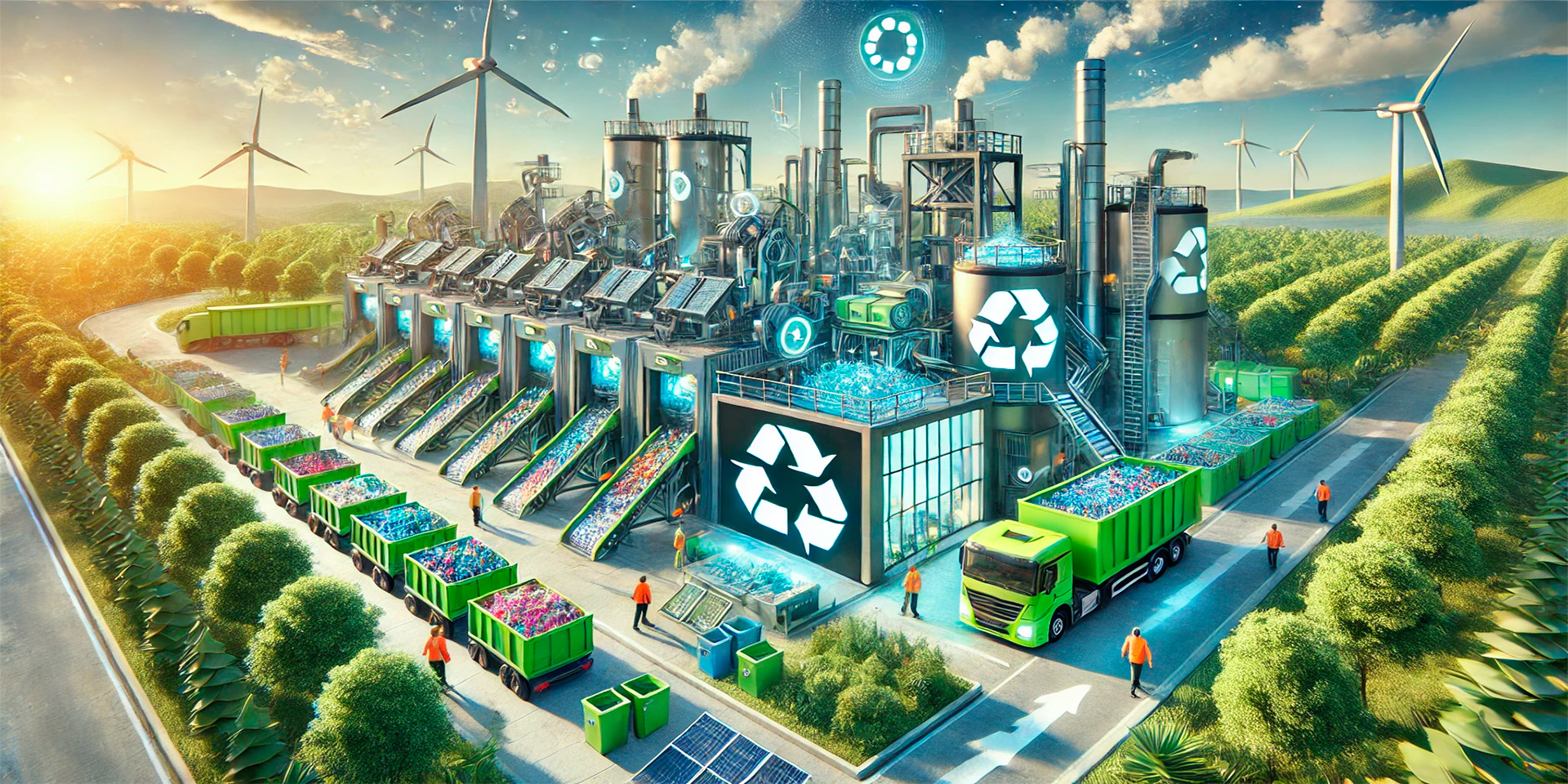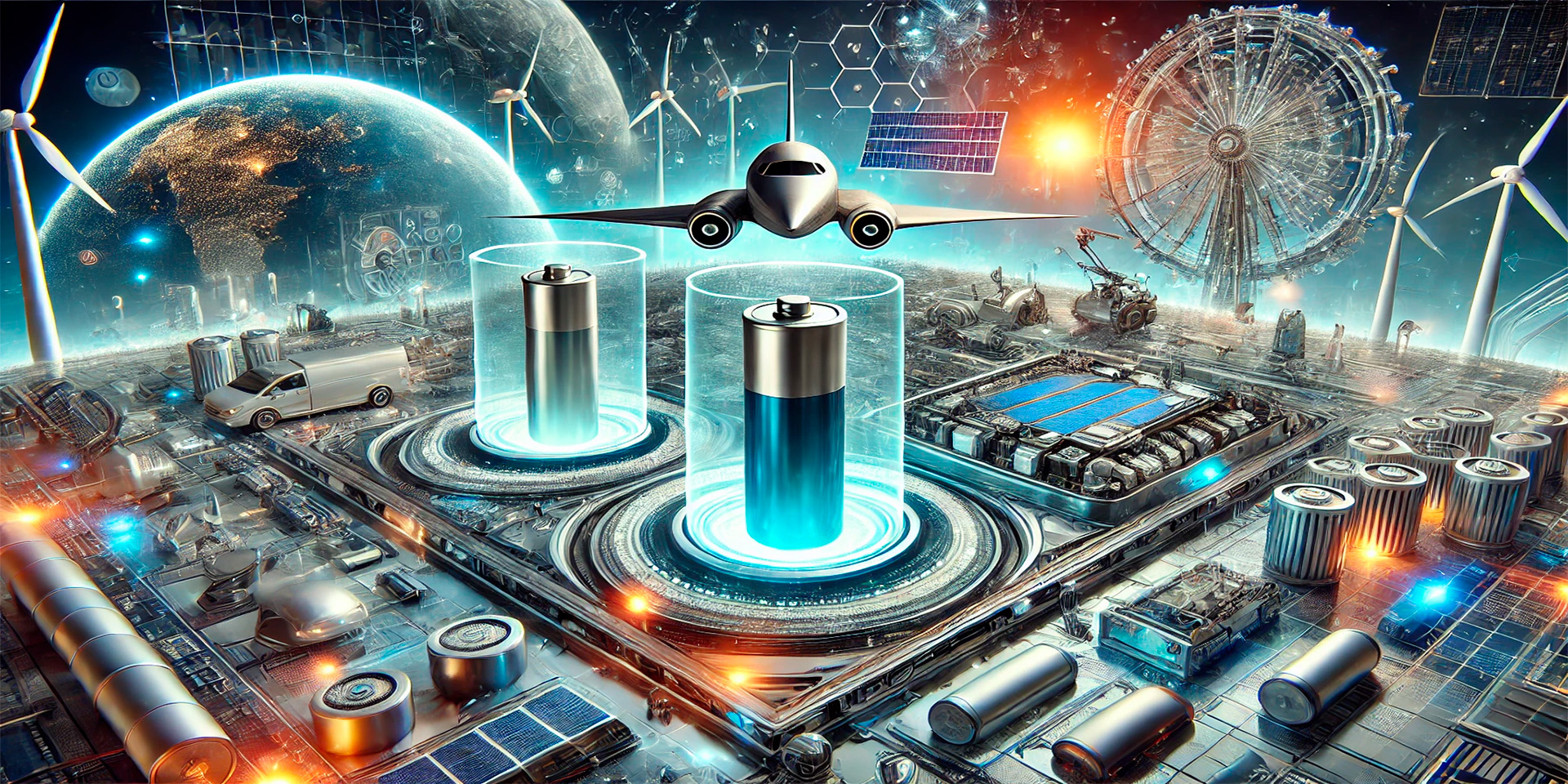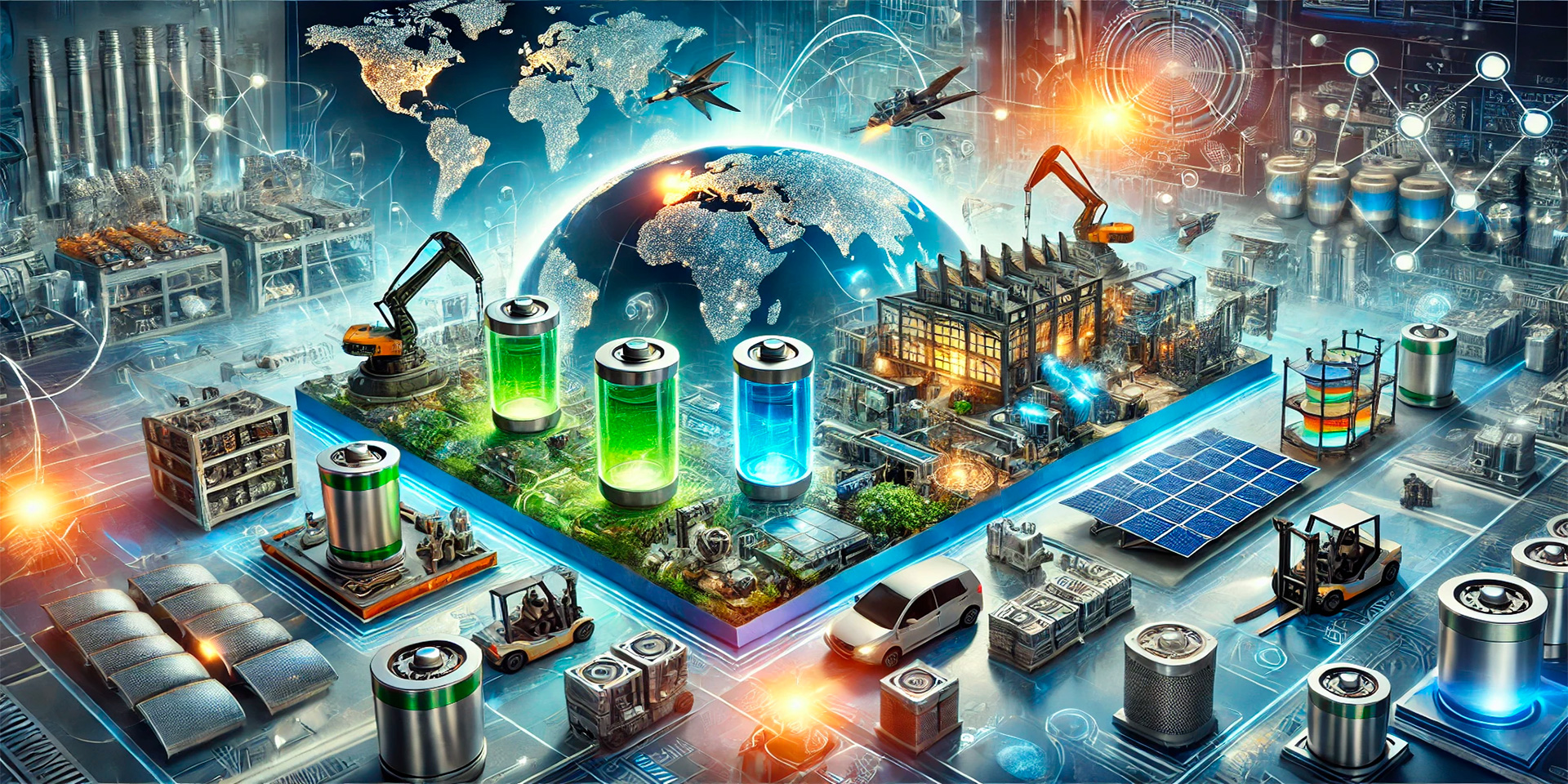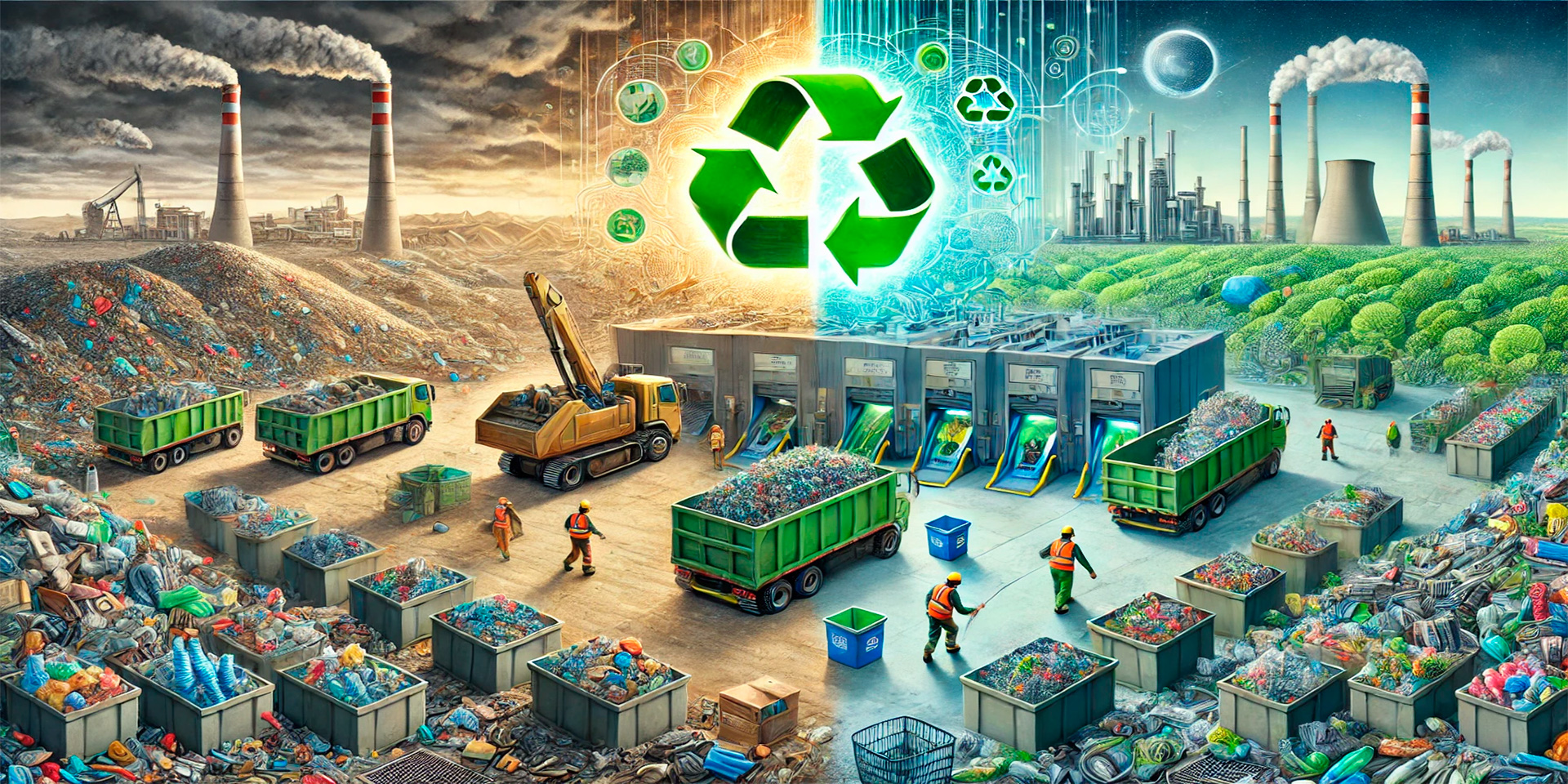
Waste recycling has become an urgent global issue as the world grapples with mounting environmental concerns. Among the most challenging materials to recycle are plastics and metals, which contribute significantly to waste accumulation and environmental degradation. Despite their recyclability, both plastics and metals face a range of challenges in the recycling process, including contamination, cost, and technological limitations. This article delves into the complexities of recycling plastic and metal waste, highlighting the innovative solutions being developed to overcome these obstacles and make recycling more efficient and sustainable.
The Plastic Recycling Challenge
Plastic waste is one of the most pressing environmental issues of our time. With the rise of single-use plastics and the widespread adoption of plastic packaging in virtually every industry, recycling plastic waste has become increasingly difficult. The sheer volume of plastic waste produced, combined with the difficulties in sorting, cleaning, and processing various types of plastic, has created a recycling crisis.
1. The Complexity of Plastic Waste
One of the main reasons plastic recycling is so challenging is the wide variety of plastic types used in products. Different plastics have different chemical compositions, and not all can be processed in the same way. As a result, sorting plastic waste is a complicated and labor-intensive process. Contamination, such as food residue or mixed materials, further complicates recycling efforts.
Key factors contributing to the complexity of plastic recycling:
- Variety of plastic types: Plastics are made from different polymers, each requiring distinct recycling methods. Common types include PET, HDPE, PVC, and polystyrene, each with unique processing requirements.
- Contamination: Contaminants like food waste, labels, or mixed materials make plastics harder to recycle, as they reduce the quality of the final recycled product and often require additional cleaning and sorting.
- Economic feasibility: The costs associated with recycling certain types of plastics, particularly those that are less valuable, often outweigh the benefits of recycling, leading to lower recycling rates.
2. Innovative Solutions for Plastic Recycling
In response to these challenges, innovative technologies and processes are being developed to improve the efficiency of plastic recycling. Advances in chemical recycling, improved sorting technologies, and the development of biodegradable alternatives are offering promising solutions to reduce plastic waste and improve recycling rates.
Innovative approaches in plastic recycling:
- Chemical recycling: Unlike mechanical recycling, which involves melting and reshaping plastics, chemical recycling breaks plastics down into their basic chemical components, which can be reused to produce new plastic products. This method can handle mixed or contaminated plastics, opening up new recycling possibilities.
- Advanced sorting technologies: Machine learning and artificial intelligence (AI) are being used to improve the sorting of plastics by type and color. Automated sorting systems can quickly and accurately separate plastic materials, making recycling more efficient and reducing contamination.
- Biodegradable plastics: The development of biodegradable or compostable plastics presents an alternative to traditional plastics. These materials break down more easily in the environment, reducing their long-term impact on landfills and ecosystems.
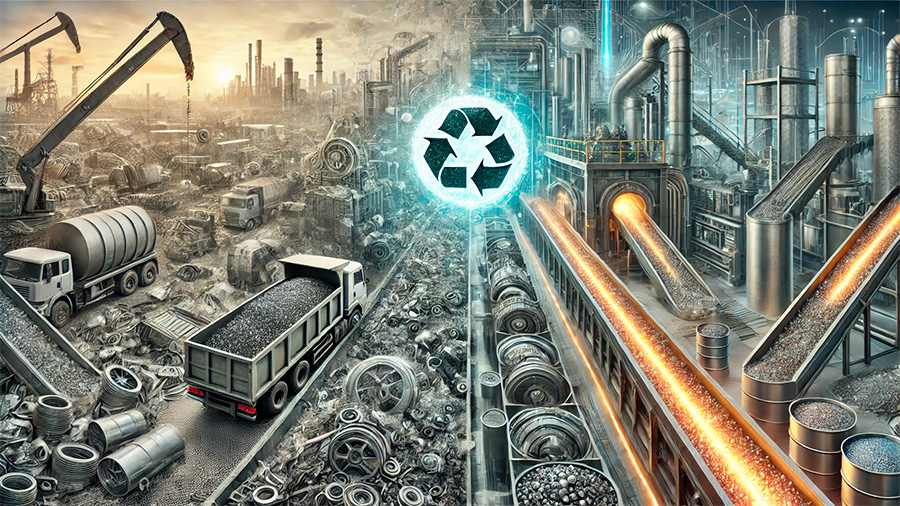
The Metal Recycling Challenge
Metals, unlike plastics, are highly recyclable and can be reused repeatedly without losing their properties. However, the recycling of metals such as aluminum, steel, and copper also presents its own set of challenges. While metal recycling rates are relatively high, issues such as contamination, energy consumption, and the cost of processing scrap metal continue to hinder the efficiency of recycling operations.
1. Contamination and Impurities in Metal Recycling
One of the main challenges in metal recycling is contamination. Impurities in scrap metal can affect the quality of the recycled product, requiring additional processing or the use of more energy to refine the metal. Mixed metals, such as alloyed materials or metals with coatings, are more difficult to recycle and often end up in landfills.
Challenges in metal recycling:
- Contamination of scrap metal: The presence of impurities such as plastics, coatings, and other metals makes it difficult to process scrap metal. This requires extra refining steps to ensure the purity and quality of the final recycled product.
- Energy-intensive processes: While recycling metals generally requires less energy than producing new metals, certain processes, like melting and refining, can still be energy-intensive, particularly for metals like aluminum and steel.
- Collection and sorting issues: The collection of metal scrap can be inefficient, as many recycling facilities struggle with sorting mixed materials and processing large volumes of scrap metal.
2. Innovations in Metal Recycling
The metal recycling industry has made significant strides in improving the efficiency of its operations through technological innovation. Advances in sorting technologies, automated processes, and the development of new recycling methods are helping to streamline metal recycling and reduce contamination.
Innovative approaches in metal recycling:
- Magnetic sorting: Advances in magnetic sorting technologies allow for the separation of ferrous and non-ferrous metals, which increases the efficiency of the recycling process and reduces contamination.
- Closed-loop recycling: Closed-loop recycling systems aim to recycle metals without introducing new raw materials. This process is particularly important for aluminum, which can be infinitely recycled without loss of quality.
- Hydrometallurgical techniques: New chemical-based methods are being explored to process metals more efficiently, particularly those with high contamination levels. These techniques are helping reduce the energy required for recycling and making it more cost-effective.
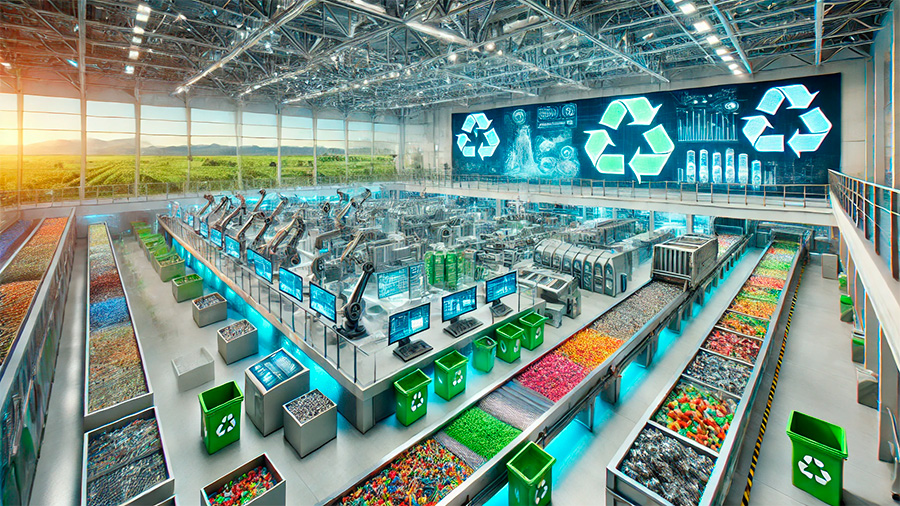
The Intersection of Plastic and Metal Recycling
While plastic and metal recycling face distinct challenges, both sectors are beginning to converge in their approach to waste management. As industries push for greater sustainability, innovations in recycling technologies are being developed that integrate the recycling of both materials, creating more efficient and effective waste management solutions.
1. Hybrid Recycling Systems
Hybrid recycling systems that combine the strengths of both plastic and metal recycling methods are emerging as a potential solution to the complex waste recycling issue. By utilizing advanced sorting and processing technologies, these systems can handle a variety of materials simultaneously, reducing waste and improving overall recycling rates.
Benefits of hybrid recycling systems:
- Efficiency gains: Hybrid systems enable the simultaneous recycling of metals and plastics, improving the efficiency of recycling plants and reducing the need for separate processing lines for each material.
- Lower contamination rates: Advanced sorting technologies help reduce contamination in mixed waste streams, increasing the quality of the recycled materials and reducing the need for additional processing steps.
- Cost savings: By combining the recycling of multiple materials, hybrid systems can reduce the overall costs of recycling, making it more economically viable for businesses and municipalities.
2. Circular Economy and Material Recovery
Both the plastic and metal recycling industries are central to the concept of a circular economy, where materials are continually reused and recycled to minimize waste and reduce the consumption of new raw materials. By improving the efficiency of recycling processes, both sectors contribute to reducing environmental impact and conserving natural resources.
The role of recycling in the circular economy:
- Waste reduction: By focusing on recycling and reusing materials, the need for landfill space is reduced, contributing to lower environmental pollution and waste management costs.
- Conservation of resources: Recycling plastics and metals conserves natural resources, reducing the need for mining and extraction, which can have significant environmental impacts.
- Economic opportunities: The growing recycling industry creates new business opportunities in the waste management, sorting, and recycling sectors, driving economic growth and job creation.
Conclusion
Recycling plastic and metal waste presents numerous challenges, but innovative technologies and approaches are helping to overcome these obstacles. From advanced sorting systems to chemical recycling and hybrid processing techniques, the future of recycling looks promising. Both plastics and metals play a crucial role in modern manufacturing, and improving their recycling rates is essential for reducing environmental impact and fostering a more sustainable global economy. As technology advances and recycling practices improve, we move closer to a more efficient and eco-friendly world where materials are reused, waste is minimized, and natural resources are preserved for future generations.

